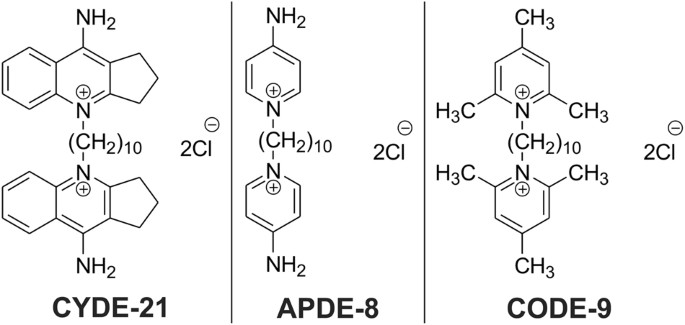In my earlier blog “Diverse use of Nucleic acids”, did mention that there is much interest in the medical uses of nucleic acids. For example, antisense, ribozymes, aptamer and RNA interference (RNAi) technologies are all being developed for potential therapeutic applications. Lots of research is being done in each specified fields and in fact there are already few drugs in “antisense category” and this time something really interesting has been reported by a Post Doc., Dr. Kim Woodrow in the field of RNA interference category. The following lines briefly summerise, what actually RNAis..
The RNAi pathway is found in many eukaryotes including animals and is initiated by the enzyme Dicer, which cleaves long double-stranded RNA (dsRNA) molecules into short fragments of ~20 nucleotides. One of the two strands of each fragment, known as the guide strand, is then incorporated into the RNA-induced silencing complex (RISC). The most well-studied outcome is post-transcriptional gene silencing, which occurs when the guide strand base pairs with a complementary sequence of a messenger RNA molecule and induces cleavage by Argonaute, the catalytic component of the RISC complex. This process is known to spread systemically throughout the organism despite initially limited molar concentrations of siRNA. The importance of the siRNA lies in the fact that “RNAi is selective on gene expression” and hence can be used in the similar fashion like the antisense drugs (already a few drugs by ISIS, Serono and others). I did work on a few oligonucleotides (phosparothiamidates), while working in Innovasynth Technologies Limited Khopoli and know how difficult is to get the precursors of the antisense drugs. In 2006, Andrew Fire and Craig C. Mello shared the Nobel Prize in Physiology or Medicine for their work on RNA interference in the nematode worm C. elegans.
Gene interference therapy is moving rapidly from basic research to application. The PLGA packaging these researchers chose is already approved as safe and non-toxic by the FDA, speeding the path to clinical trials for infectious agents such as HPV and HIV.
Congrats Dr.Kim and co workers for this achievement. The significance of this research is the fact that “a safe and effective administration of potential antiviral drugs - small interfering RNA (siRNA) molecules using densely-loaded nanoparticles made of a biodegradable polymer known as PLGA. The researchers created a stable "time release" vehicle for delivery of siRNAs to sensitive mucosal tissue like that of the female reproductive system.




